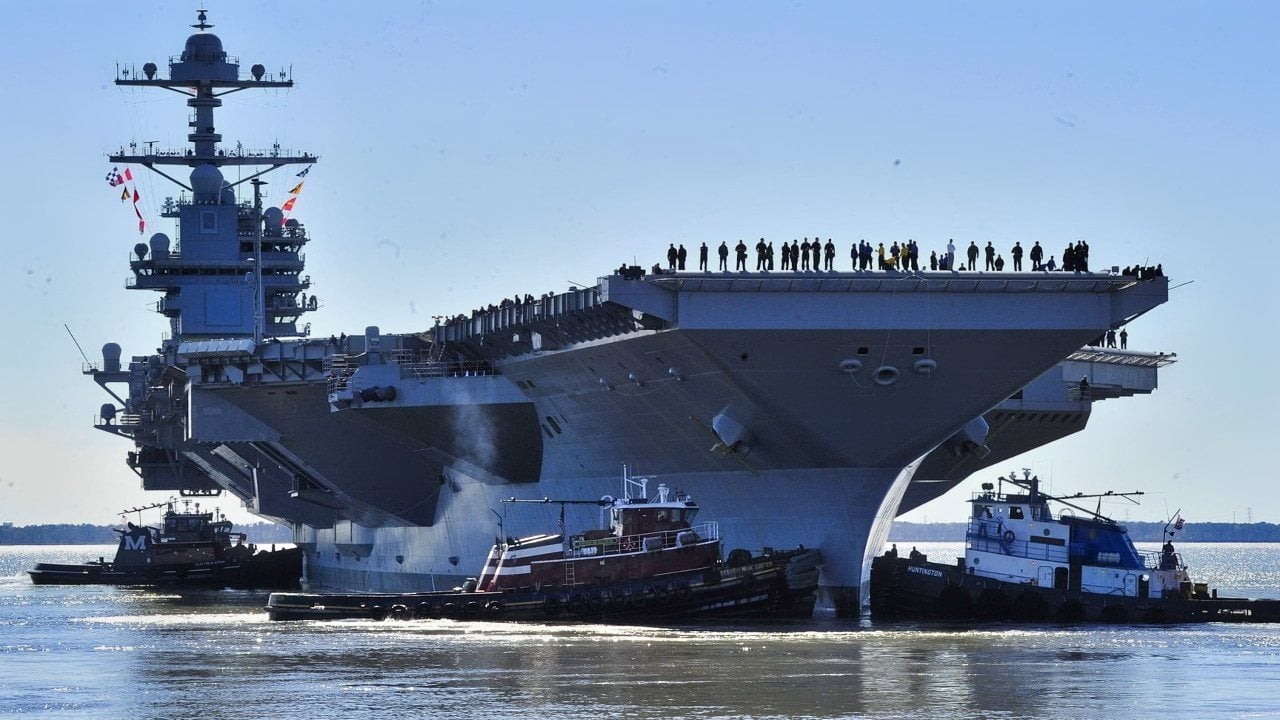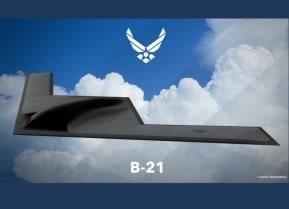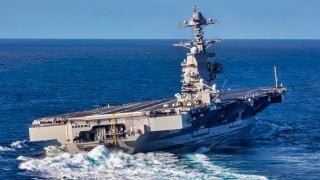The Aircraft Carrier Era Is Over (But the U.S. Navy Won't Admit It)
The U.S. Navy's aircraft carriers, once dominant symbols of American military power, are increasingly vulnerable due to the rise of anti-access/area-denial (A2/AD) systems deployed by rivals like China, Russia, and Iran.
Summary and Key Points - Top 4 Ideas: The U.S. Navy's aircraft carriers, once dominant symbols of American military power, are increasingly vulnerable due to the rise of anti-access/area-denial (A2/AD) systems deployed by rivals like China, Russia, and Iran.
-These systems, which are cheaper and easier to proliferate, threaten to sideline carriers in potential conflicts, particularly in the Indo-Pacific.
-Despite their diminishing returns, the U.S. continues to invest heavily in carriers, but their role may shrink to less threatening missions, leaving a strategic gap that adversaries could exploit.
-The Navy must develop countermeasures to A2/AD threats to restore the carriers' relevance.
Rising A2/AD Dangers: The End of U.S. Aircraft Carrier Dominance?
The aircraft carrier is one of the most expensive weapons platforms in history. It helped win the Pacific Theater of the Second World War. During the Cold War, it deterred the communists. After the Cold War, it helped to preserve that hard won peace. Yet, by the 2000s—especially from the 2010s, onwards—the aircraft carrier has been the victim of extremely diminishing returns.
Despite this, the US Navy and Congress keep throwing gobs of tax dollars at the aircraft carrier. Meanwhile, with each passing year, the aircraft carrier’s usefulness is made less so, thanks in large part to the rise of anti-access/area-denial (A2/AD) technologies that America’s great power rivals (China, Russia, Iran, and North Korea) are deploying with wanton abandon.
Should a conflict erupt between the United States and the People’s Republic of China, over Taiwan or for control over the South China Sea, given China’s immense A2/AD capabilities, it is likely that America’s aircraft carriers would be sidelined at the outset of the war. They are simply too expensive, too irreplaceable, and too vulnerable to China’s robust arsenal of A2/AD weapons.
Despite these facts, the US government has invested considerable money into this platform. Further, it has become a cultural icon in the United States.
Aircraft Carriers: A Wasting Asset
Thus, the likelihood that anyone in power in Washington would be willing to drop the flat top in favor of more relevant weapons systems is low. Instead, these monstrosities would be tasked with ancillary missions in areas of the world where US enemies did not possess A2/AD systems.
Of course, the bigger issue for the aircraft carriers is that they are far more expensive and complex than the A2/AD weapons that threaten them. What’s more, those A2/AD systems are easy to proliferate. So, China or Russia could easily hand this technology off to other American rivals, such as Iran or North Korea or Venezuela. Any of these rival states could, in turn, give the A2/AD capabilities over to non-state actors aligned with them.
For example, Iran has spent the last decade building up the capabilities of the Houthi Rebels based in Yemen. Today, the Houthis are terrorizing the high seas by attacking major global shipping routes in the Red Sea and Strait of Bab El-Mandeb. The Houthis already possess an impressive array of drones given to them by Iran that pose a certain level of danger to US warships.
Should the Iranians (or Chinese or Russians) hand off the advanced A2/AD systems they possess to the Houthis, the Yemen-based Shiite Islamist terrorist group could further deny US aircraft carriers another area of operation.
The point is that the A2/AD threat is not going away. It is only becoming more advanced. And with each year that the A2/AD threat to US surface warships increases, the usefulness of those surface warships—notably aircraft carriers—diminishes to such a point that they become sunk costs, both in terms of economics as well as in terms of strategy.
Even non-state actors, like the Houthis, could field A2/AD systems that could shield them from the US Navy’s wrath.
The Incredibly Shrinking Role of Aircraft Carriers
For those who agree that A2/AD represents a real threat to the US Navy’s aircraft carriers but that those carriers can simply be used for other, less threatening missions, don’t kid yourselves. Once it becomes common knowledge among America’s rivals that the crown jewels of the US surface fleet can be held hostage by relatively cheap A2/AD systems, every single US foe will acquire these systems.
Overnight, the carriers and other surface warships will no longer be the great projectors of American military power into distant lands. Instead, they will become the equivalent of a strategic paperweight. These expensive and complex systems will have less and less to do, negating any justification for their cost.

That is, until the US military can develop effective countermeasures to the growing coterie of A2/AD systems around the world. Things like creating advanced fleets of drones to conduct long-range offensive operations in A2/AD bubbles, building workable hypersonic weapons to overcome—and destroy—any A2/AD systems that exist, constructing smaller and more maneuverable surface ships while expanding the Navy’s submarine fleet, these are all moves that will stunt and overcome the growing A2/AD threat.
A Strategic Gap US Rivals Will Exploit
Once the A2/AD threat can be mitigated, when the US military is certain it can survive prolonged contact with an enemy force in the era of A2/AD systems, only then can the Navy consider deploying its larger legacy platforms, like the aircraft carriers, into this contested battlespace. But until these necessary adaptations occur, the US Navy’s most iconic warships, its carriers, will be kept out of the fray as a wasting asset.
The carrier's absence will leave a massive gap in America’s strategic capabilities. A gap that America’s enemies, such as China, will happily exploit.
Author Experience and Expertise: Brandon J. Weichert
Brandon J. Weichert, a National Interest national security analyst, is a former Congressional staffer and geopolitical analyst who is a contributor at The Washington Times, the Asia Times, and The-Pipeline. He is the author of Winning Space: How America Remains a Superpower, Biohacked: China’s Race to Control Life, and The Shadow War: Iran’s Quest for Supremacy. His next book, A Disaster of Our Own Making: How the West Lost Ukraine, is due October 22 from Encounter Books. Weichert can be followed via Twitter @WeTheBrandon.
All images are Creative Commons or Shutterstock.
From the Vault
Russia Freaked Out: Why the U.S. Navy 'Unretired' the Iowa-Class Battleships
Battleship vs. Battlecruiser: Iowa-Class vs. Russia's Kirov-Class (Who Wins?)


